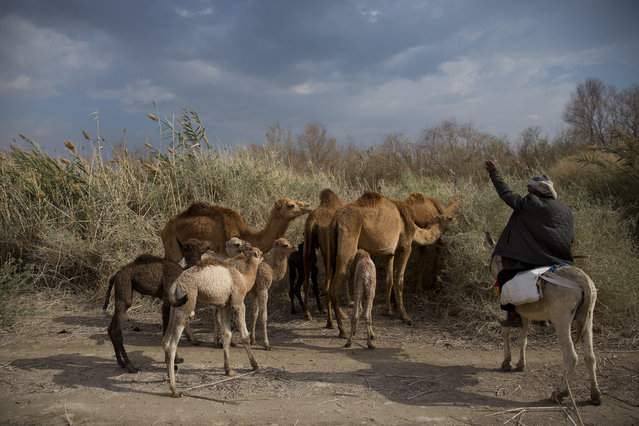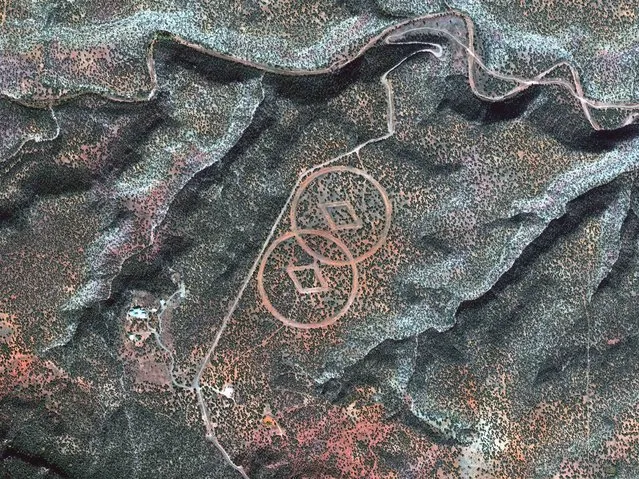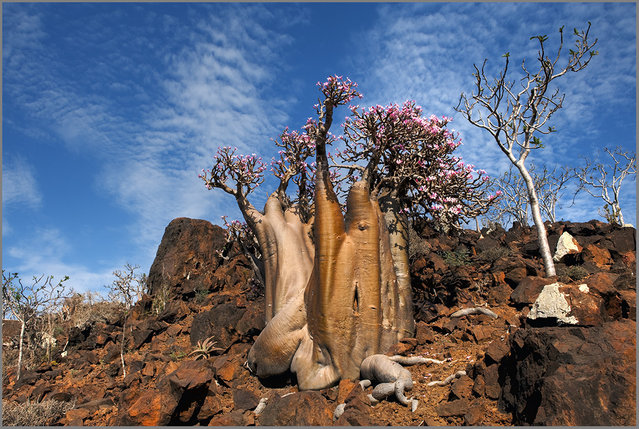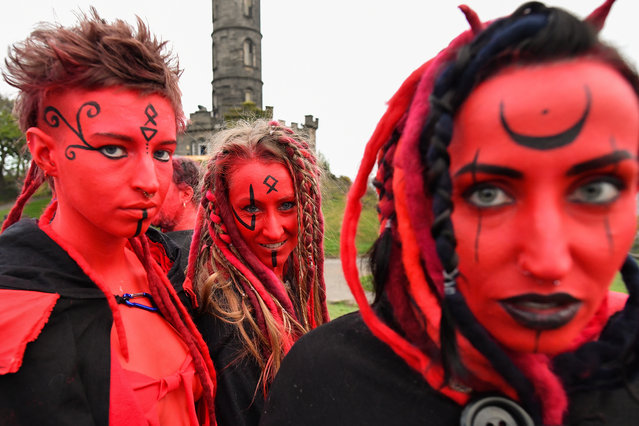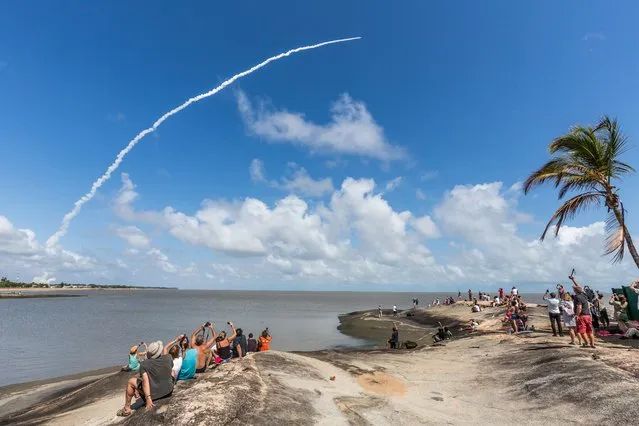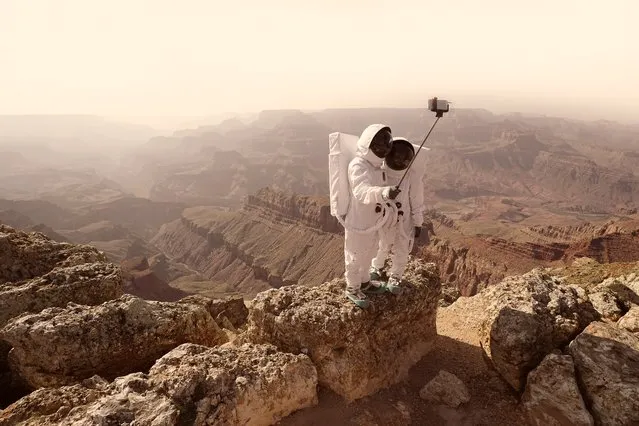
A little less than two years ago when Disneyland was promoting the new Star Tours attraction, they came out with this very funny video of Darth Vader on vacation at Disneyland. With the big news that dropped on Tuesday, that video has been updated and turned into a cute commercial that fits in with the famous “What Are You Going to Do Next” commercial series.
Since Disney purchased Lucasfilm for $4 billion, Darth Vader went to the happiest place on earth to enjoy the sights and rides at Disneyland, ranging from frolicking in the Dumbo ride to spinning in a tea cup.
07 Nov 2012 13:20:00,post received
0 comments

